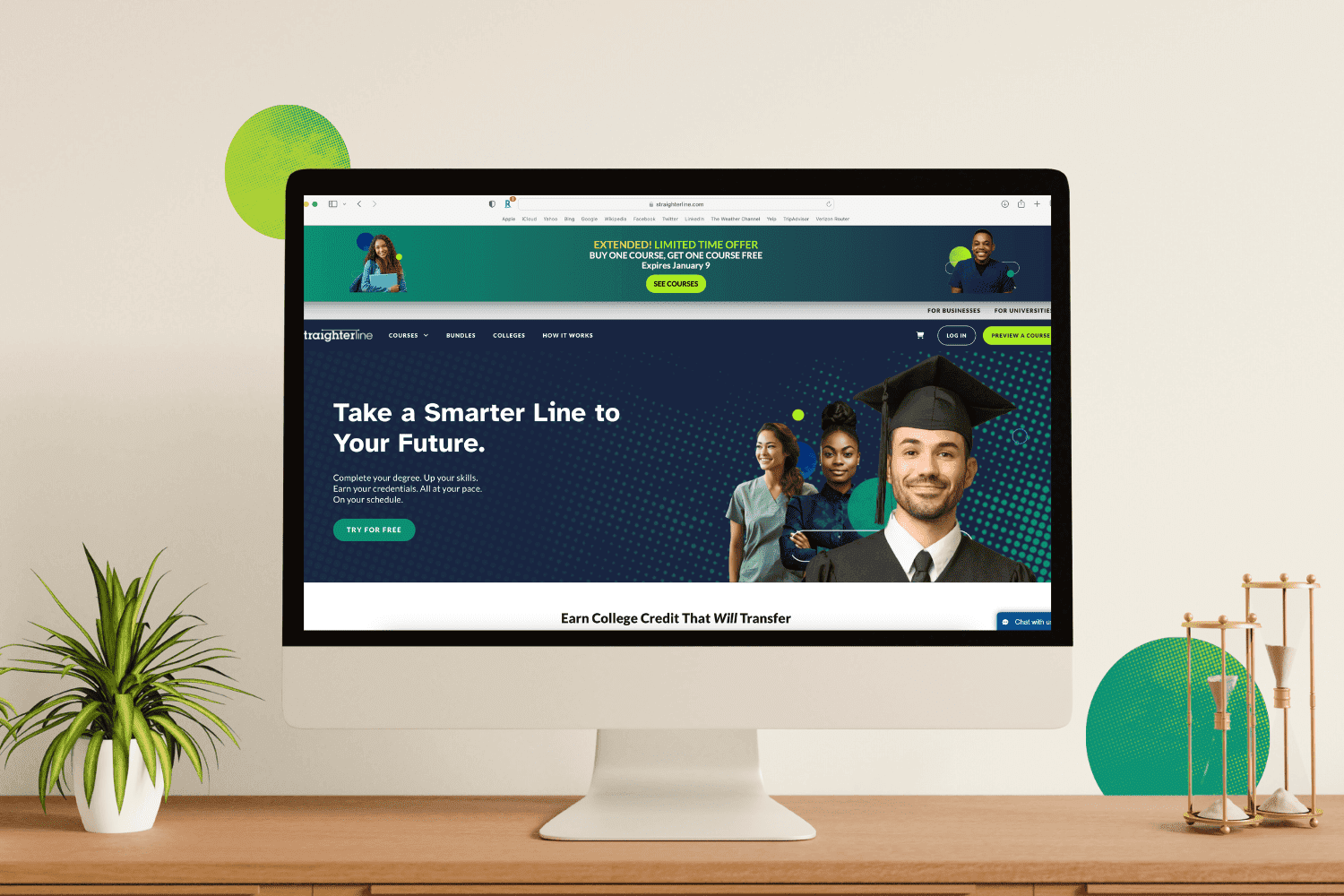We know that college can be expensive. We’ve collected some of the best ways to make college more affordable so that you or your children can get an excellent education while minimizing your total costs.
1. Apply for Financial Aid (Fill Out the FAFSA)
The Free Application for Federal Student Aid (FAFSA) is your ticket to unlocking financial assistance that can make college more affordable. Federal aid includes grants, loans, and work-study programs that would ease the financial burden of higher education. Filling out the FAFSA is the first step in applying for the financial assistance you need.
Financial aid is often distributed on a first-come, first-served basis, so the key is to complete the FAFSA early. The application opens on October 1st each year. Filing early ensures you're in the best position to receive the maximum aid available, so try to avoid leaving your FAFSA until the last minute.
By providing a comprehensive view of your family's financial situation, the FAFSA enables the government to determine your eligibility for various aid programs. This includes federal Pell Grants, which don't require repayment, and federal student loans, which typically offer more favorable terms than private loans.
Remember to stay proactive and keep track of your application throughout the process. Filling out the FAFSA may seem like a lot of work, but there are resources available to guide you through each step. Keep track of deadlines, gather necessary documents, and ensure accuracy in your application to avoid delays or complications.
2. Apply for Scholarships
Scholarships offer a diverse array of opportunities to offset the costs of higher education. Unlike loans, scholarships don't require repayment, making them a valuable resource for reducing the overall cost of higher education.
Scholarships come in various forms, catering to different academic achievements, talents, backgrounds, and interests:
- Merit-based scholarships recognize students for academic accomplishments.
- Athletic scholarships reward individuals with exceptional sporting abilities.
- Additional scholarships are based on various factors, including extracurricular activities, community service, leadership, or even unique hobbies or skills.
Many institutions offer scholarships to incoming students based on academic achievements or specific criteria. Research the scholarship options provided by your chosen institution to maximize your chances of securing funding.
Beyond institutional scholarships, numerous external sources offer financial support. These include private organizations, businesses, foundations, and community groups. Online scholarship databases, such as Fastweb or College Board's Scholarship Search, allow you to filter scholarships based on criteria like academic major, ethnicity, or geographic location, helping you find ones that align with your profile.
3. Apply To and Choose a School with Lower Tuition Costs
Selecting a college with lower tuition costs will automatically make your education more affordable. In-state, public universities often have significantly lower tuition rates compared to private institutions or out-of-state schools. State-funded schools receive subsidies that translate into reduced tuition for residents.
Public universities typically prioritize in-state students, making tuition more accessible for those within the state's borders. Beyond lower tuition, attending an in-state public university may also bring additional financial benefits, such as eligibility for state-specific grants and scholarships.
4. Find a Source of Extra Income
Securing a job, whether through work-study programs or part-time employment, can offer financial relief and practical experience during college. Many students choose this option to earn income that can be directed toward tuition, textbooks, and other living expenses.
Work-study programs, often facilitated by the university, provide students with on-campus job opportunities that align with their academic and scheduling needs. These positions can range from administrative roles to research assistants, offering not only financial support but also valuable work experience relevant to students' fields of study.
Off-campus part-time jobs in areas such as retail, hospitality, or tutoring can provide students with flexibility and a steady income. Be sure to seek positions that’ll accommodate your class schedule and study requirements for a better work-life balance.
5. Do What You Can to Graduate Early
Graduating early can significantly reduce the overall cost of college, allowing students to enter the workforce sooner and minimize additional tuition expenses. One way to do this is by earning credits through Advanced Placement (AP) classes in high school or participating in dual enrollment programs. These initiatives provide a head start on college coursework, accelerating the path to graduation.
Taking advantage of summer or winter break courses or enrolling in online classes like those offered by StraighterLine provides more opportunities to accumulate the credits you need to graduate early. These options enable students to maintain academic momentum outside of the traditional semester schedule.
6. Start at a Community College
Community colleges typically offer lower tuition rates, allowing students to complete required courses at a more affordable cost.
This route means you can fulfill general education requirements at community college without incurring the higher expenses associated with traditional school. As long as the credits are transferable from your community college to your 4-year school, you’ll save both time and money.
7. Live at Home or Off Campus
Opting to live at home or securing housing off-campus housing instead of on-campus can significantly reduce the financial strain associated with room and board expenses. Living at home allows students to additionally save on the costs of meal plans and other on-campus amenities.
Alternatively, choosing off-campus housing provides flexibility in terms of budgeting and lifestyle. Renting an apartment or sharing a house with roommates can prove more cost-effective than on-campus options. Moreover, off-campus living allows students to explore more affordable dining choices and manage their own grocery expenses, contributing to overall financial savings.
Save Money on Your Education with StraighterLine
StraighterLine has affordable courses that you can complete to earn credit that’s transferable to over 150 partner colleges and universities, helping you save money on your education in the long run. Your tuition at StraighterLine always includes eTextbooks and 24/7 student support. Learn on your own time and at your own pace.
Explore our full range of courses to see which ones can help you crush your school’s gen ed requirements quickly and affordably.












